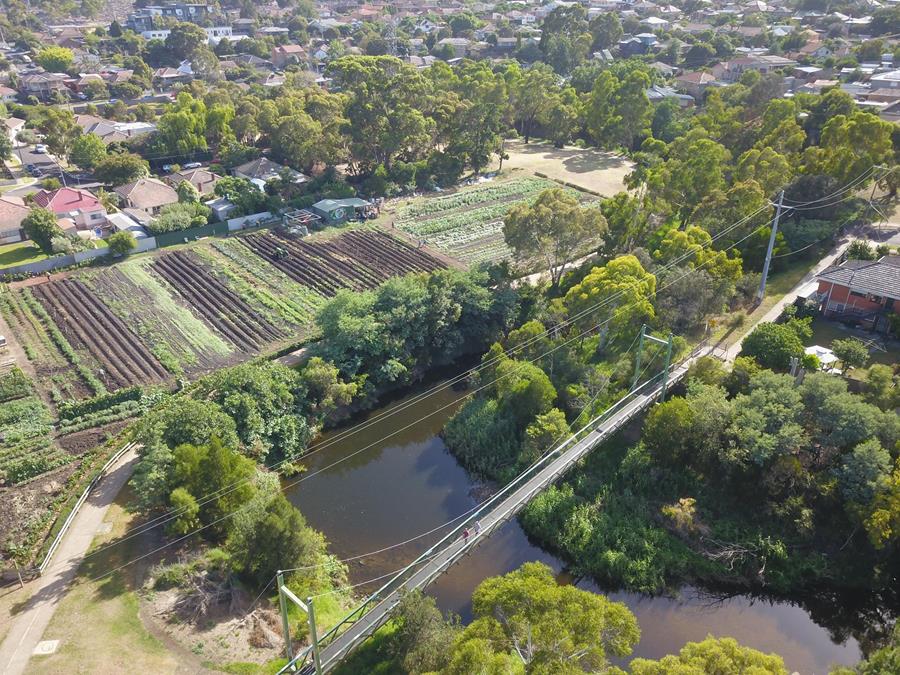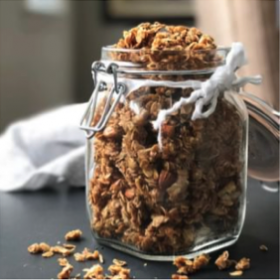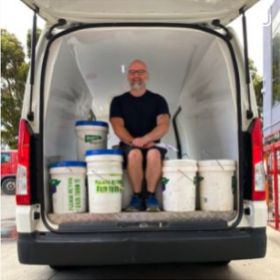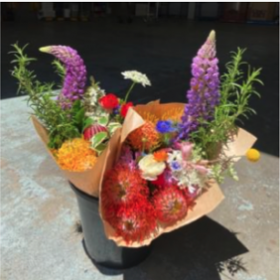
Eat at Joe’s
For years I’ve watched people wander off the Merri Creek swing bridge, round the corner and stop dead in the middle of the bike path, mesmerised by a scene out of time and place.
Here in Coburg, in the middle of suburban Melbourne exists a little oasis; a working farm with row upon row of vegetables and amongst them farmers hoeing and planting and harvesting.
In 2000 when I came around that bend for the first time, I stood transfixed on the bike path, mouth open, staring out over rows of tomatoes, climbing beans, white zucchini and all these strange greens.
Across the makeshift wire fence at home on his grey Fergie tractor was a stocky greying Italian man ploughing steadily toward me.
I wanted to ask what this place was doing here but could only manage a shy hello.
After returning my greeting he roared off leaving a perfectly straight row of chocolaty brown soil hilled up behind him.
I wouldn’t speak to Joe Garita for another three years when I’d nervously ask him if he might give his farm to CERES.
Not long after that first encounter I got a job managing the new organic market (now the grocery) at CERES.
As the lines of customers grew each week I began to wonder how many of these vegetables we were selling could be grown just 2kms up the Creek at Joe’s.
Joe’s garden wasn’t always an urban agricultural anomaly. At one time there were dozens of market gardens and dairies dotting the banks of the Merri Creek – see if you can spot them in this aerial picture of Melbourne from 1945.
These farms had fed people in Melbourne since the 1850’s and before it was stolen it’s easy to picture Wurundjeri people growing piles of fat yam daises in the same dark brown alluvial soil.
Joe’s family had come to own the market garden at the end of World War II when his father was released, along with thousands of other Italian migrants, from a military internment camp in Tatura.
Taking over from a Chinese family the garden came with two horses, a plough and a one bedroom cottage (Joe still ploughed with horses well into the 1960’s).
Life had a rhythm – ploughing, planting, hoeing, harvesting, early morning trips to the Footscray wholesale market and serving locals at the farm stall. Even the floods arrived with regularity – in one fourteen year stretch Joe was flooded out eleven times.
By the 1950’s Joe’s parents had passed and he and wife, Jean, had built a new house at the top of the garden where they’d raise their seven kids.
Around Joe’s garden a growing population brought new subdivisions of California bungalows and farm after farm along the Merri was squeezed out until Joe’s flood-prone four and a half acres was the last one left.
In the early 70’s a freeway was proposed along the Merri Creek and the Country Roads Board compulsorily acquired the farm. The Board told him he was no longer allowed to grow and Joe watched his garden disappear under wild fennel.
After a local campaign fought off the freeway Joe cleared away the wild fennel, replanted his broad beans, borlotti beans, chicory, rapa, sinapa, green amaranth and the romas he’d sauce with Jean and the family each autumn.
Life went on this way until 2003. A whisper was going around that Joe was thinking about retiring.
With my boss, Ric, along for moral support I tentatively knocked on Joe’s door and haltingly asked him what he was going to do with his garden.
Joe rubbed his chin sizing us up and said that I should come back the following week.
At the bottom of the garden Joe gave me half a row to plant garlic. The garlic turned out okay and when Spring came Joe gave me six more rows to plant pumpkins.
At the time I was working six days a week, doing two jobs and had no idea how I’d look after a crop of pumpkins.
I kept finding excuses not to start and confessed my doubts. Joe looked me in the eye and said firmly, “Chris, just plant the pumpkins. It’ll be okay.” It was okay.
Joe often offered me advice but was never upset when I often ignored him.
Thinking I knew better, which I didn’t, which he knew, he’d smile knowingly but never rubbed it in when I inevitably messed up.
Joe handed the garden over a couple of rows at a time – it took three years until we reached the final row.
I didn’t see it at the time, but later realised he was giving me and other CERES farmers an apprenticeship.
When Joe handed over the garden to CERES it came with a concrete wash trough, some old sprinklers, a bag of broad bean seed, a little tractor and a rotary hoe.
Almost all of these things are gone now but the wisdom, the patience, the humour and the broad beans remain.
This week it’s six years since Joe Garita died. You can walk by Joe’s Garden anytime and stare over the fence or visit the Farm Gate stall every Saturday morning from 9am.
Have a great week
Chris



Hi Chris lo Ed the history and love the time on weekend having a coffee there. Question..is there a public loo nearby? Am considering visitors coming and would like to walk over.
Thankyou.
Hi Siobhan. There is a loo available to the public during the farm gate hours, though it’s not an all accessible toilet (up a couple of stairs). thanks!